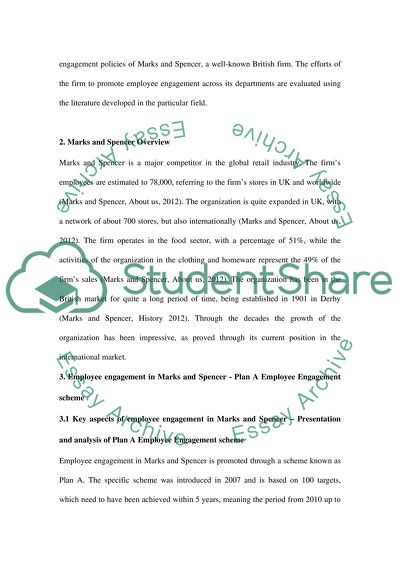Cite this document
(“Employee engagement in Marks and Spencer Essay Example | Topics and Well Written Essays - 2000 words”, n.d.)
Retrieved from https://studentshare.org/human-resources/1395134-employee-engagement-in-marks-and-spencer
Retrieved from https://studentshare.org/human-resources/1395134-employee-engagement-in-marks-and-spencer
(Employee Engagement in Marks and Spencer Essay Example | Topics and Well Written Essays - 2000 Words)
https://studentshare.org/human-resources/1395134-employee-engagement-in-marks-and-spencer.
https://studentshare.org/human-resources/1395134-employee-engagement-in-marks-and-spencer.
“Employee Engagement in Marks and Spencer Essay Example | Topics and Well Written Essays - 2000 Words”, n.d. https://studentshare.org/human-resources/1395134-employee-engagement-in-marks-and-spencer.


